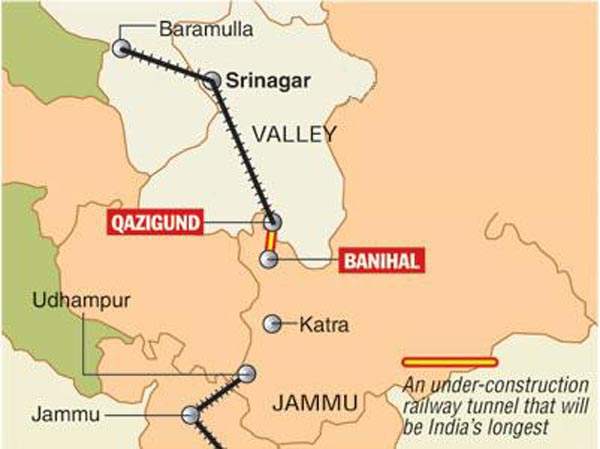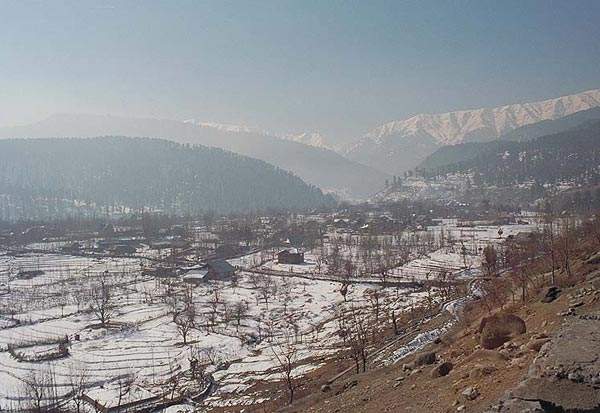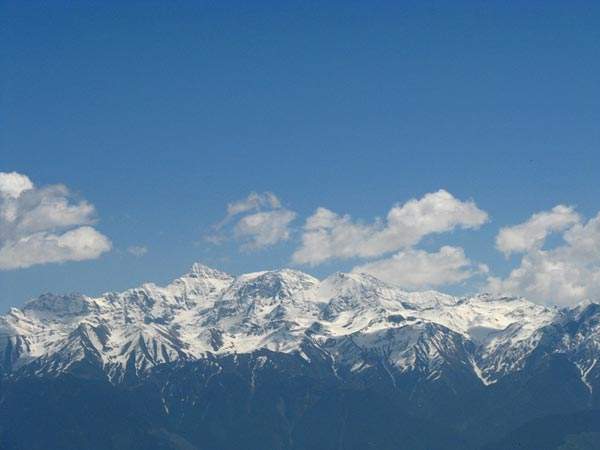
Pir Panjal (or T-80) is India’s longest transportation railway tunnel measuring 11.2km long. The tunnel link, which is the only broad gauge mountain railway in India, stretches through the Pir Panjal mountain range between Quazigund and Baramulla in the Indian state of Jammu and Kashmir.
The tunnel section is a part of the 202km Udhampur – Srinagar – Baramulla rail link project undertaken by the Northern Railways. It operates 440m below the existing Jawahar Tunnel, which is the only road link from the region to the rest of India.
Purpose and benefits of the Indian tunnel project
The 11.2km long tunnel was constructed as a part of the Indian Government’s plan to provide Jammu and Kashmir with a reliable link to the rest of the country.
The existing Jawahar Road Tunnel link is inoperable in winter due to heavy snowfall in this region.
The tunnel is part of the 119km Quazigund to Baramulla railway line which became operational in October 2009. The Pir Panjal tunnel reduced the distance between Quazigund in the north to Banihal in the south to just 11km. It will take about six minutes to cover the distance.
About 1,500 workers were employed in the construction of the tunnel.
Design specifications and construction of the Pir Panjal railway tunnel
The tunnel is almost straight, extending from north to south. It is 8.4m wide and 7.3m high.
A 3m wide road runs along the track for maintenance and emergency services. The height of the railway tunnel is kept 450m lower than that of the road tunnel so the effect of snow is minimal. There is provision for ventilation, fire fighting and safety monitoring.
The construction of the tunnel was started in November 2005. It was built at a cost of Rs10bn ($201.8m). Construction was undertaken by Hindustan Construction Company under an INR3.9bn contract awarded in 2005. The tunnel was opened in June 2013.
The new Austrian tunnelling method (NATM) has been used for the construction of the tunnel due to the varying geological strata of the mountain range – eight geological strata were observed. This is the first large scale project in India where the method has been implemented.
Soil equivalent of one mountain was excavated for the tunnel, using a tunnel excavator, road header and drill and blast methods. It was the first time that a road header was used for excavation in India. About one million cubic metres of excavation was involved in the project. The maximum overburden was 1,100m.
A 780m long access tunnel and a 50m deep shaft were constructed for the construction of the tunnel. These will be used as maintenance access and emergency escapes. Waterproofing was completed for the whole tunnel by February 2011. Day-lighting was achieved in October 2011.
Contractors involved with Indian Railways’ significant T-80 project
Geo-Consult RITES joint venture was the design and supervision consultant for the project.
Hindustan Construction Company was awarded the construction contract in August 2005. IRCON International, a central government integrated company, was the main contractor for the Qazigund – Baramulla rail link.
Tristar Global Infrastructure was awarded a contract for waterproofing with PVC membrane alongside the whole tunnel length.
Qazigund-Baramulla line details
The Qazigund-Baramulla line was executed by IRCON. The section from Anantnag to Rajwansher (66 KM) was opened in 2008 and that from Rajwansher to Baramulla (35 KM) in 2009. Quazigund to Anantnag (18 km) was commissioned in 2009, making the entire 119km stretch operational.
The Quazigund-Banihal section, under which the Pir Panjal tunnel operates, was opened in 2013.









